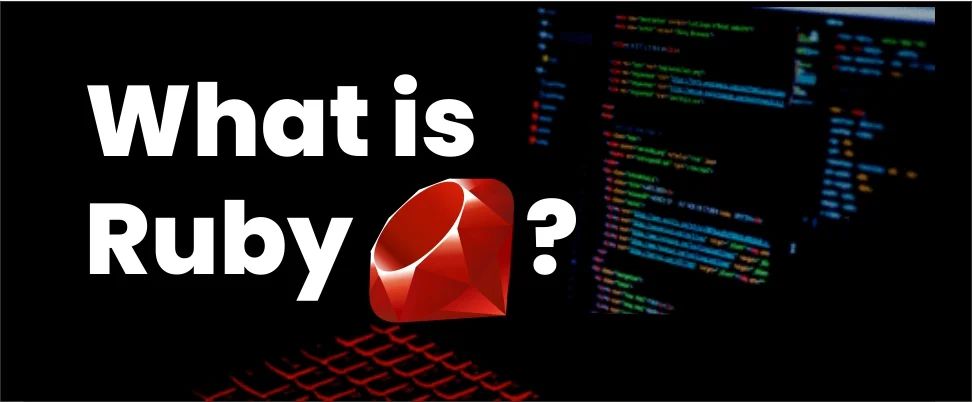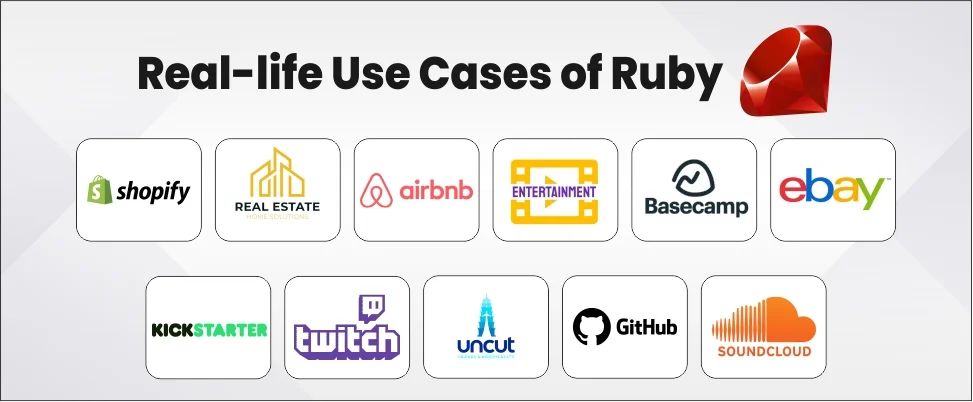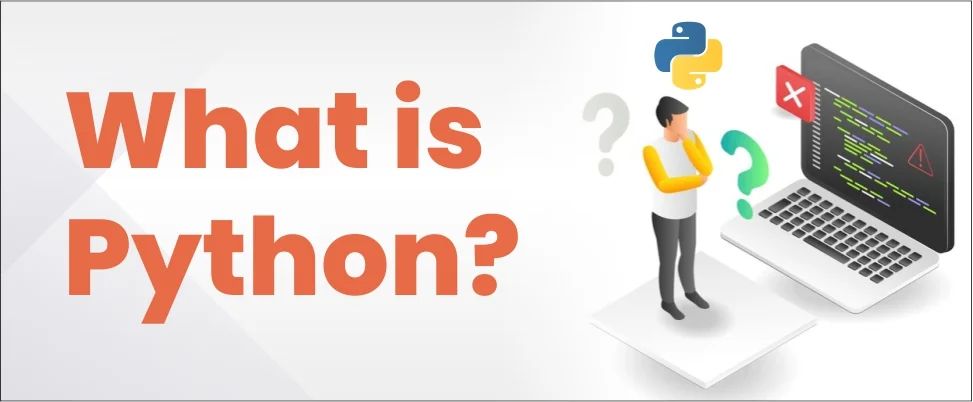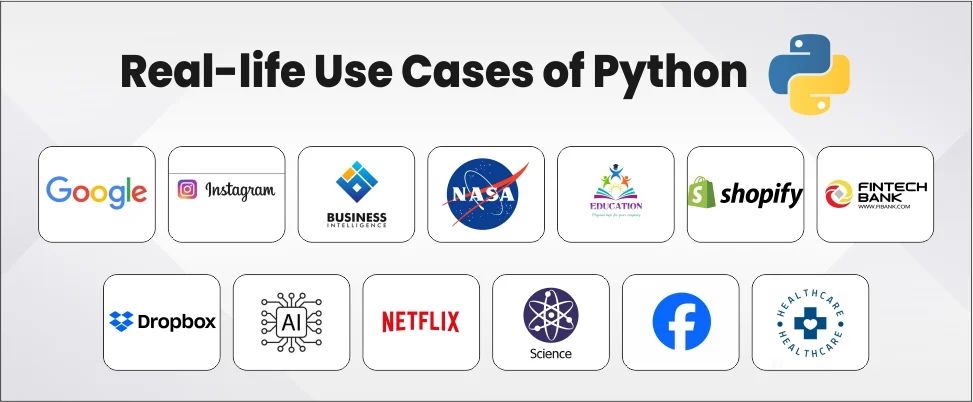Table of Contents
ToggleIntroduction
According to GitHub’s June 2023 Popularity of Programming Language (PYPL), Python holds a 27.99% market share and ranks among the most searched programming languages on Google. Similarly, Ruby holds 0.98% of the market share as per the TOIBE Index. Even though there is a huge difference in their market share, Ruby and Python stand neck to neck in fulfilling the expectations of many companies. They share similar characteristics in certain aspects that sometimes cause difficulties in making a choice between them. This article explores their key differences, similarities, and pros and cons so that you can make the right choice when in need.

Don't miss out on your chance to work with the best!
Apply for top job opportunities today!
What is Ruby?

Ruby is a popular general-purpose, high-level programming language known for its productivity and simplicity. Developed in the year 1995 by Yukihiro Matsumoto, Ruby is popular among developers and business for its easy to read and elegant syntax.
Pros & Cons of Ruby
| Pros | Cons |
|---|---|
| Easy to learn | Not suitable for multithreading |
| Extensive features for out-of-the-box web development | Syntax is complex |
| Open-source | Does not catch errors at runtime |
| Wide range of tools to support your web development journey | Difficult to debug |
| Uses JavaScript interpreter | It’s limited to web development, and not widely used for other types of software development |
| Supports built-in projection against CSRF, XSS, and SQL injections | Difficult to find its gems and libraries |
| Flexibility in syntax and features | Limited talent pool |
| Great for full-stack development |
Real-life Use Cases of Ruby

When Should I Use Ruby?
You can use Ruby for the following scenarios:
- It is highly advantageous for fast prototyping and minimum viable product (MVP) development.
- It makes an ideal choice for building fully functional apps for start-up companies.
- It can also be used to develop commercial mid-sized apps.
What is Python?

Python is a high-level programming language, developed in the year 1991. Due to its robust tools and extensive libraries, it is widely used for machine learning, automation, and data science. Moreover, it offers flexibility for developers to choose between modules or packages for organizing the codebase and reuse it in other applications.
Pros and Cons of Python
| Pros | Cons |
|---|---|
| Supports multiple operating systems | Doesn’t guarantee security |
| Easier to debug and maintain | Need to be extra careful during project development as it consumes a lot of memory |
| Seamless integration with other programming languages | Setting up the Python environment can be challenging for beginners |
| Highly scalable | Potential challenges with garbage collection |
| Comprehensive set of tools and libraries | Limited for mobile development |
| Best for machine learning and AI | Displays more errors during run time |
| Extensive libraries | Hard to handle design challenges due to which companies favor experienced Python developer |
| Simpler syntax than Java, C++, and C | Does not support mobile computing |
| Strong support for data science | Slower app speed |
Real-life Use Cases of Python

When Should I Use Python?
Python makes a great choice for the following applications:
- Due to its extensive framework and libraries, it is widely used in the fields of Data Science, Machine Learning, and Artificial Intelligence.
- It works well with projects that require different programming languages with complex architecture.
- Python combined with Django can create scalable and robust web applications.
- It’s suitable for automation systems and scripting tasks.
Similarities between Ruby & Python
Though their primary objectives set them apart they both share similar features.
| Similarities between Ruby and Python |
|---|
| Both languages have cross-platform compatibility and multiple-platform support. |
| Both Python and Ruby allow the use of a variable in the program without declaring it in the beginning. |
| Both of them are approved and available under FSF and OSI licenses. |
| Python and Ruby support standard libraries. |
| Both are dynamically typed languages and follow the rules of Object-Oriented Programming. |
| These two languages operate as high-level programming languages and do not need to be complied with. |
| Both use model-view-controller (MVC) with various libraries to support functionalities. |
Read More- NodeJS Frameworks for App Development
Ruby vs. Python: Key Differences
| Ruby | Python |
|---|---|
| It supports single inheritance. | It supports multiple inheritance. |
| Closures are defined using blocks and developers have full access to read and write code from outer scope. | Nested functions are used mostly in Python, but they give only read access to variables from outer functions. |
| Iteration doesn’t have any vital role. | Iteration plays a crucial role. |
| Fully object-oriented language | Not fully object-oriented language |
| It uses objects as everything and does not use primitive data. | Whereas, it uses both primitive data and objects |
| Built-in class is impossible to modify | Built-in classes can be easily modified |
| It is more of functional programming and is mostly used in web development. | It is based on the CPython interpreter mostly used in machine learning, data science, AI, and other scientific programming. |
| Mixin concept can be used. | It does not support multiple inheritance, hence, the mixin concept is not supported. |
| It supports larger lambda functions. | It supports a one-line lambda function. |
| Instead of the “else if condition”, it uses “elsif” syntax. | Similarly, it uses “elif” syntax. |
| Uses Eclipse IDE for development environment. | Uses multiple IDEs for a development environment. |
| It has methods that need to be wrapped in procs to pass them. | It only uses many functions. |
| Supports Arrays, Hash, Set, Struct, and Tuples as Rinda. | Supports Sets, Dictionary, and Tuples. |
| It is quite complex and difficult to debug. | It is considered as a most simple and explicit language. |
| Imports are very generic; developers don’t need to know it. | Developers need to import particular functionality from the libraries. |
| Code reusability and automatic dependencies are pretty much possible but the process is slightly difficult. | Code reusability can be done through modules. |
| It uses brackets to signify code blocks. | It uses indentation to determine code blocks. |
| It has fewer libraries that need to be installed separately. | It has a wide range of third-party libraries. |
| Mostly used by GitHub, Apple, Hulu, Twitter, and ZenDesk | Mostly used by Google, Instagram, Dropbox, Mozilla, YouTube, and Yahoo |
Ruby vs Python: Which Language Should You Learn?
If you have set your short-term goal to step into the market with some expertise in web app development, Ruby would be an ideal choice. It has excellent frameworks with strong support that can assist during the development phase. You can learn Python if you’re curious to build a career in data science and scientific computing.
Ruby vs Python: Which is Best for Beginners?
Most people pick Ruby when they embark on their web development journey, which is usual as it is well-known for its effectiveness. But if commercial web app development isn’t your main goal then Python is an excellent choice for you! It offers easier syntax, which is easy to understand. On top of that, its extensive documentation and community support will assist you whenever you encounter challenges or any issues. Additionally, its popularity in the growing field of data science and computing can open up golden opportunities.
Ruby vs Python: Comparison Table
| Factors | Ruby | Python |
|---|---|---|
| Repositories | Uses RubyGems | Uses PyPi |
| Machine Learning | Lacks libraries and framework for AI/ML | A most preferred choice for AI/ML |
| Documentation and Libraries | Comparatively, a small range of libraries and not-so-well-written documentation | Wide range of libraries with extensive documentation |
| Testing Environment | Supports behavior-driven development (BDD) | Doesn’t support BDD |
| Learning Curve | Relatively easy to understand | Considered as the most favorable learning curve for beginners |
| Community Support | Smaller community as compared to Python | Large active community |
| Popularity | Ruby associated with Rail has been in demand | Boast its decade-long stardom and most popular beginner-friendly language |
| Integrated Development Environment (IDE) | RubyMine, Visual Studio Code with Ruby extension, and Sublime Text | PyCharm, Jupyter Notebook/JupyterLab, and Visual Studio Code with Python extension |
Final Verdict
Ruby and Python are widely known for their simple syntax and high-level programming. Nevertheless, Python with its extensive library support and powerful tools outshines Ruby in terms of business growth. Though there is always an ongoing debate on Ruby vs. Python, the choice between these two solely lies in your project requirements.
FAQs
Both Ruby and Python have a robust testing framework but their difference lies in how well they handle testing. Ruby’s flexibility and elegant syntax can offer added benefits to experimenting with code but it creates complexity when dealing with increases errors during the testing phase.
Ruby is an excellent choice for the backend development. But if you want to implement scientific computation and AI/ML into your project, without a doubt, Python with Django is the better choice. Moreover, it has the necessary libraries to support automation and data science, so you can build your application without any hassle.
Python excels in several domains due to its widespread adoption, rich ecosystem, and versatile application, making it a go-to choice for businesses.
In the case of Cyber Security, Python can do a few things such as scanning, penetration testing, and malware analysis. However, Ruby on Rails protects your application against Cross-Site Scripting and XSS attacks.
Take control of your career and land your dream job!
Sign up and start applying to the best opportunities!


